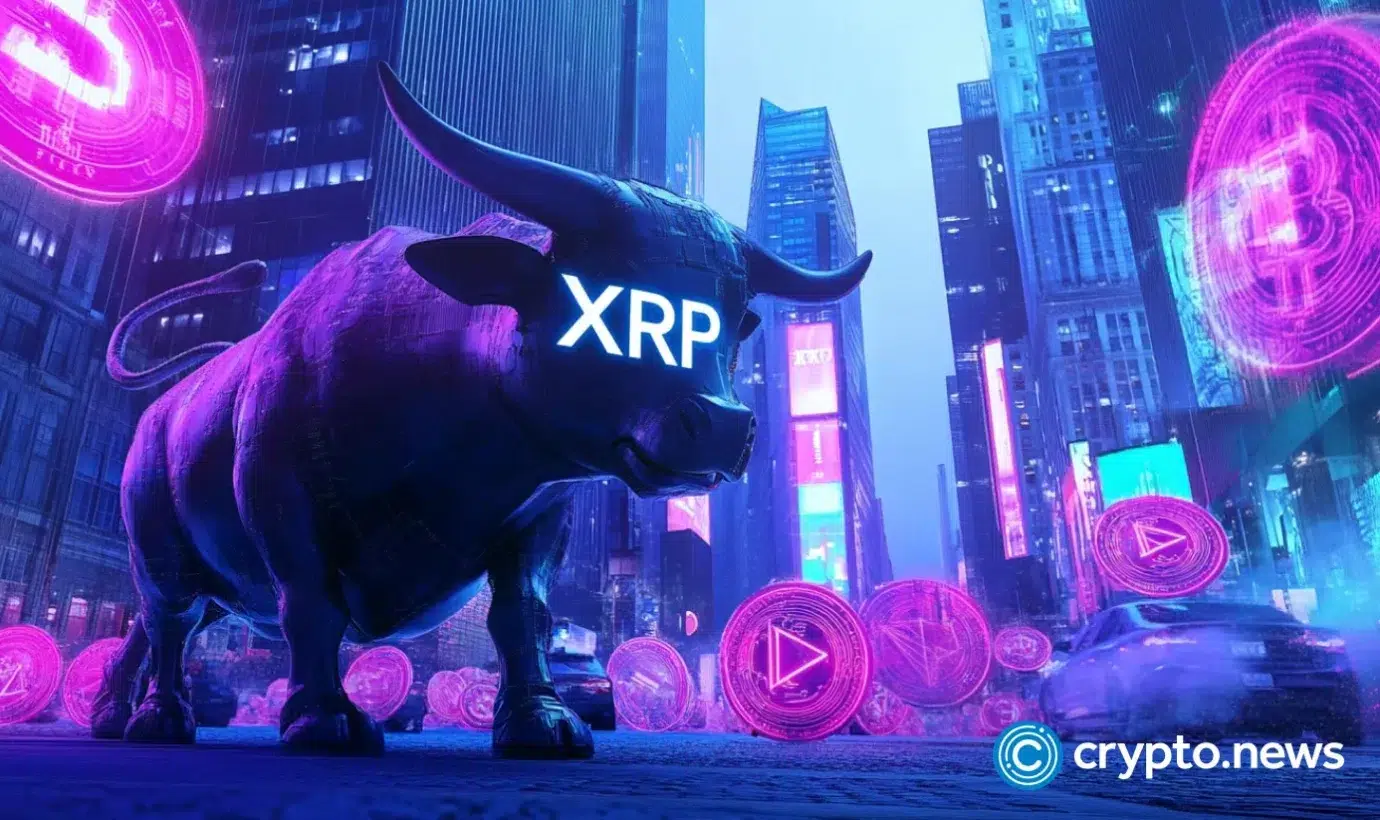Orbital, the global payment orchestration platform that bridges stablecoins and traditional networks, has announced a significant collaboration with Stable, the layer 1 (L1) blockchain designed for stablecoin-based transactions. This partnership marks an important step towards more efficient, accessible, and low-cost digital payments, offering new opportunities for both businesses and end users.
The Strength of an L1 Blockchain Dedicated to Stablecoins
In recent years, native layer 1 blockchains for stablecoins have gained traction as the ideal solution to optimize transaction settlement costs and times. This trend is driven by the exponential growth in stablecoin transaction volumes: it is estimated that there are over 500 million USDT users worldwide. In this scenario, Stable stands out as one of the first blockchains specifically created for stablecoin payments, supported by major industry players.
Stable recently announced an expansion of PYUSD in collaboration with PayPal Ventures and raised $28 million in a seed round last July. These developments solidify Stable‘s position as a leading infrastructure for stablecoin-based digital payments.
Tangible Benefits for Orbital Clients
The integration of the Stable blockchain into the Orbital platform will bring numerous tangible benefits to clients. Firstly, it will be possible to process payments in USDT with extremely low transaction fees. Unlike traditional blockchains, where fees must be paid with the network’s native tokens, the Stable solution allows for direct settlement in USDT, further simplifying the process.
Additionally, Orbital clients will be able to manage payments through PYUSD, thereby expanding the options available on the platform and diversifying the methods of fund inflow and outflow, as well as treasury management. This increased flexibility results in a smoother, more cost-effective, and accessible payment chain for all types of users.
A New Era for Payment Infrastructure
According to Luke Wingfield Digby, Co-founder and Head of Corporate Development at Orbital:
Wingfield Digby highlights how the integration between these new networks and Orbital’s stablecoin infrastructure can expand the choice and efficiency of payment pathways for businesses:
For his part, Brian Mehler, CEO of Stable, expressed enthusiasm for the collaboration:
Expansion of Options and Cost Optimization
The integration between Orbital and Stable represents a concrete response to the needs of a rapidly evolving market. Companies and users today demand digital payments that are increasingly fast, secure, and low-cost. The ability to use stablecoins like USDT and PYUSD directly on a dedicated L1 blockchain allows for a drastic reduction in fees and waiting times, while simultaneously offering greater transparency and control over transactions.
Furthermore, the partnership expands the route optionality for incoming and outgoing payments, as well as treasury management, making the Orbital platform even more competitive and versatile in the global digital payments landscape.
A Future of More Accessible Digital Payments
The collaboration between Orbital and Stable is set within a context of increasing adoption of stablecoins as a global payment method. With the backing of players like PayPal Ventures and a solid technological foundation, Stable positions itself as the reference infrastructure for the new generation of digital payments.
For Orbital, this integration represents a fundamental piece in building a payment ecosystem that is increasingly open, efficient, and oriented towards the real needs of businesses and users. The synergy between the two entities promises to accelerate the adoption of stablecoins, offering concrete solutions to those seeking alternatives to traditional banking circuits and more volatile cryptocurrencies.
A Silent but Unstoppable Revolution
The agreement between Orbital and Stable marks the beginning of a revolution in digital payments. Thanks to an L1 blockchain designed for stablecoins and a cutting-edge orchestration platform, businesses and users will benefit from faster, cheaper, and simpler transactions. In an increasingly interconnected world, the ability to offer efficient and accessible digital payments represents a decisive competitive advantage.
The partnership between Orbital and Stable is not only a response to the current market demands but also a strategic investment for the future of global payments. With the support of leading players and a shared vision, the two companies are poised to redefine the rules of the game in the digital payments sector.
Source: https://en.cryptonomist.ch/2025/11/19/orbital-and-stable-a-strategic-partnership-to-revolutionize-digital-payments/


